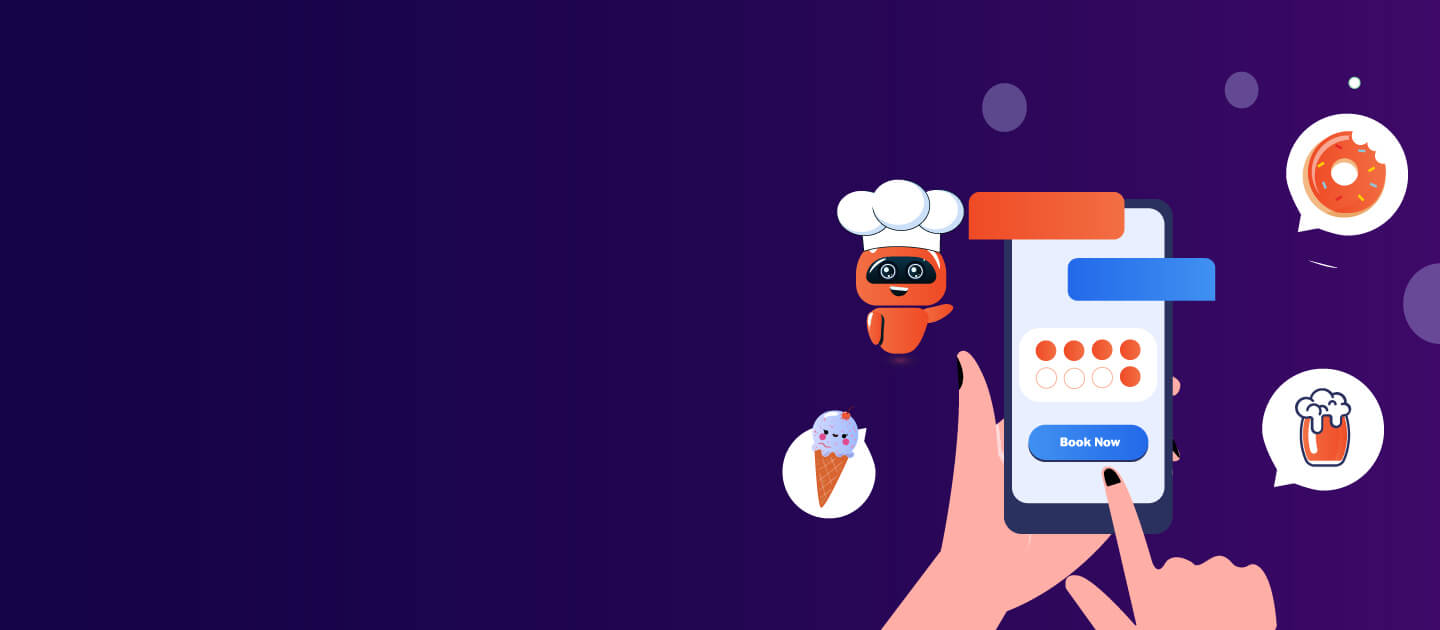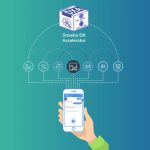A big warm hello to everyone on this chilly February morning! For those of us in the United States, I’m hoping we didn’t overdose on wings this Superbowl Sunday. I know I had my share, and more. This was actually my first time watching an entire game (okay so I was only watching for the half-time show and the commercials) and it was actually fun!
Enough rambling, guys, let’s jump right into today’s big topic: Advances in Medical Apps.
Fun fact: The most significant announcement that Apple made in 2014 wasn’t another fancier iPhone. It was.. wait for it.. that Apple is entering the health-care industry!
Yes, you heard me right. Apple announced the launch of HealthKit: an iTunes like platform for healthcare with its first medical device called Apple Watch. Now we all know Apple, although stepping into new territory within its own realm, is still two steps behind Google, IBM, Samsung, and several other big and small players. Like many Pharmaceutical manufacturers, they realized the potential of healthcare apps much later than they should have. The potential for technology in medicine is tremendous and the trillion-dollar healthcare market is all but ready for huge waves.

Seasoned tech researcher and writer, Vivek Wadhwa, predicts that 2015 will be the year in which tech takes baby steps in transforming medicine. The kind of tools in technology we have available to us now are growing at exponential rates and are creating a plethora of opportunities for pharmaceutical manufacturers, healthcare professionals and tech companies alike.
He further talks about health devices that are currently being developed based on Micro-electro-mechanical (MEM) sensors, one such dramatically improving technologies. MEMS, in its most general form, can be described as the technology of miniaturized mechanical and electro-mechanical devices that are made using techniques of microfabrication. Now the cool thing with these little guys is that they enable us to measure data such as heart rate, temperature, blood pressure, and other activity levels which can then be fed programs such as the above-mentioned HealthKit. That’s a win for medical apps right here!
Imagine all the possibilities which MEM sensors can open up for the worlds of healthcare and data.
What kind of possibilities, you ask? Well, let’s talk about what our friend Google is up to currently. The good guys over at Google announced in January last year that they are working on a contact lens that can measure glucose levels in a person’s tears and then the data is channeled via an antenna thinner than a human hair! Now that’s something you literallycannot visualize. They also announced in the summer of 2014 that this technology would be licensed to Novartis, and via this collaboration, this absolutely gem would be marketed to people with diabetes.
Let me just let that bit of information sink in. Wow. We really have come such a far way in such a short span of time. And this is just one little advance in technology I’ve talked about!
I think the grandma in me is telling me to stop and take a breather at this point and maybe take even take a week to write (or think!) about other technological advances. And the grandma won the inner struggle, guys. We’re going to digest these recent advances of our very own marvelous human race and next week we’ll take a look at some other really cool technologies that are rapidly evolving. Microfluidics, anyone?





